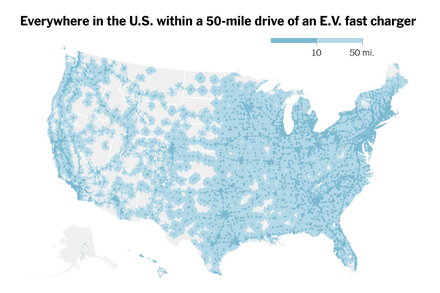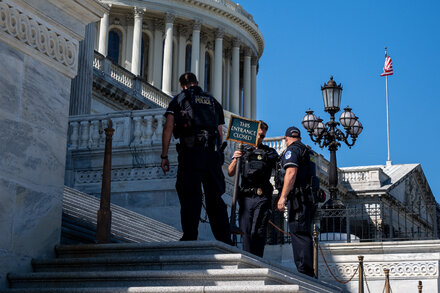
As the prospect of a government shutdown looms, experts and officials are increasingly voicing concerns about its potential detrimental effects on the nation’s disaster preparedness efforts. The gridlock in Washington threatens to stall critical initiatives, furlough key personnel, and freeze funding for agencies vital to protecting communities from escalating natural hazards.
The implications of a shutdown extend far beyond immediate disruptions, potentially eroding long-term resilience strategies. Agencies such as the Federal Emergency Management Agency (FEMA), the National Oceanic and Atmospheric Administration (NOAA), and the U.S. Army Corps of Engineers rely on consistent funding and staffing to conduct essential activities ranging from risk assessment and infrastructure projects to early warning system maintenance and community outreach programs.
Impact on Key Agencies and Programs
A funding lapse could immediately halt or severely curtail numerous operations. FEMA, responsible for coordinating the nation’s response to disasters, could see its non-essential staff furloughed, impacting planning, grant processing, and technical assistance to states and localities. While a core group of essential personnel would likely remain on duty for immediate response, the proactive work of preparing for future events would suffer.
“Every day lost to a shutdown is a day we are not building stronger levees, not updating critical flood maps, and not training first responders,” stated Dr. Eleanor Vance, a senior climate resilience expert at the National Institute for Disaster Preparedness. “These aren’t tasks you can simply put on hold without consequence. The window for preparation is often narrow, especially with the accelerating pace of climate-driven events.”
NOAA, which provides crucial weather forecasting and climate data, could face disruptions to research projects, maintenance of monitoring equipment, and development of advanced prediction models. This could impair the accuracy and timeliness of warnings for severe weather events, including hurricanes, tornadoes, and floods. Similarly, the Army Corps of Engineers, vital for flood control projects, levee construction, and waterway management, could see ongoing projects delayed, leaving communities vulnerable to inundation.
The effects are particularly acute for flood preparedness, which requires continuous monitoring, infrastructure upgrades, and detailed mapping. Delays in these areas could mean communities are less aware of their risks, have inadequate defenses, and lack updated evacuation plans when the next major storm or heavy rainfall event strikes.
Long-Term Erosion of Capacity
Beyond immediate operational disruptions, repeated or prolonged shutdowns can have a corrosive effect on institutional capacity. Expertise can be lost through attrition, morale can decline, and the ability to maintain consistent, long-term strategic planning is severely undermined. The continuity of data collection and analysis, fundamental to understanding evolving disaster risks, is also jeopardized.
“When agencies are forced to stop and start, it’s not just inefficient; it’s dangerous,” commented a senior official from a federal disaster relief agency, speaking on background. “We’re not just losing hours or days; we’re losing momentum, institutional memory, and sometimes, the trust of our partners on the ground. Communities need stability and certainty from their federal partners, especially when facing increasing threats from extreme weather.”
With a growing recognition that climate change is intensifying the frequency and severity of natural disasters, the imperative for robust and uninterrupted preparedness efforts has never been greater. The current gridlock poses a significant risk to the nation’s ability to safeguard its citizens and infrastructure against the inevitable challenges ahead.
Source: Read the original article here.





